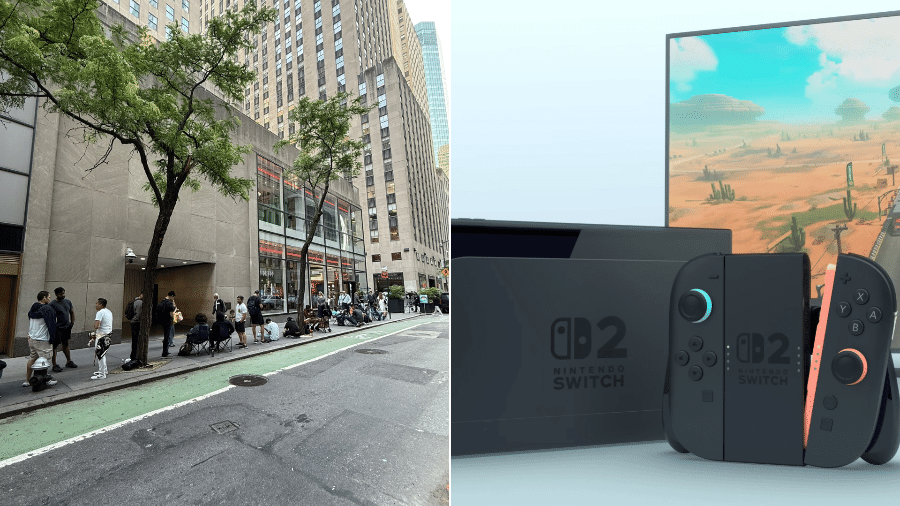Rover 'Perseverança', da NASA, levará mensagem codificada a Marte

O rover "Perseverance", da Nasa, será lançado em julho deste ano em direção a Marte em busca de sinais de vida — ada ou atual. As fotos divulgadas pela agência espacial intrigaram os internautas, que estranharam o padrão dos desenhos no alumínio. Na terça (31), a Nasa confirmou as teorias: trata-se de uma mensagem codificada.
O desenho retrata a Terra, o Sol e Marte. Os raios da estrela não são contínuos, e um tuíte da agência espacial revelou se tratar de uma frase em código Morse: "explorar como um só".


















ID: {{comments.info.id}}
URL: {{comments.info.url}}
Ocorreu um erro ao carregar os comentários.
Por favor, tente novamente mais tarde.
{{comments.total}} Comentário
{{comments.total}} Comentários
Seja o primeiro a comentar
Essa discussão está encerrada
Não é possivel enviar novos comentários.
Essa área é exclusiva para você, , ler e comentar.
Só s do UOL podem comentar
Ainda não é ? Assine já.
Se você já é do UOL, faça seu .
O autor da mensagem, e não o UOL, é o responsável pelo comentário. Reserve um tempo para ler as Regras de Uso para comentários.